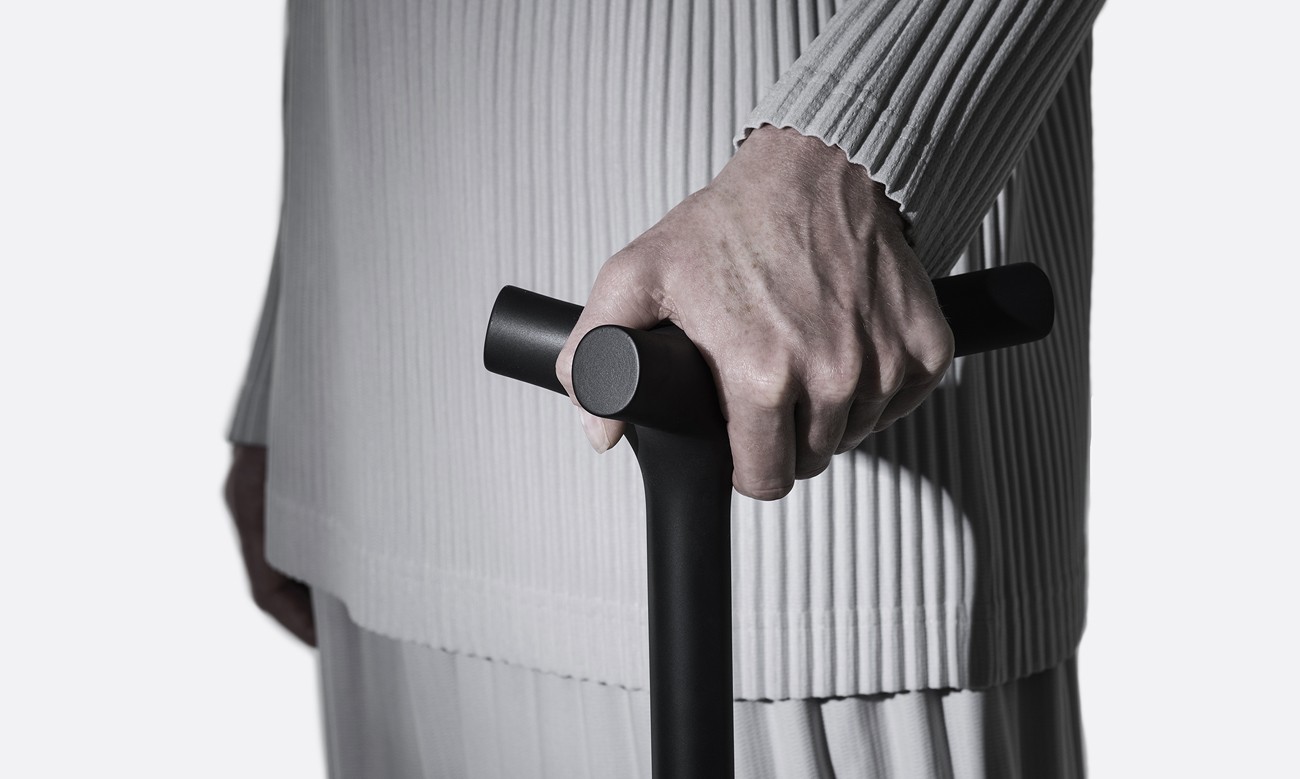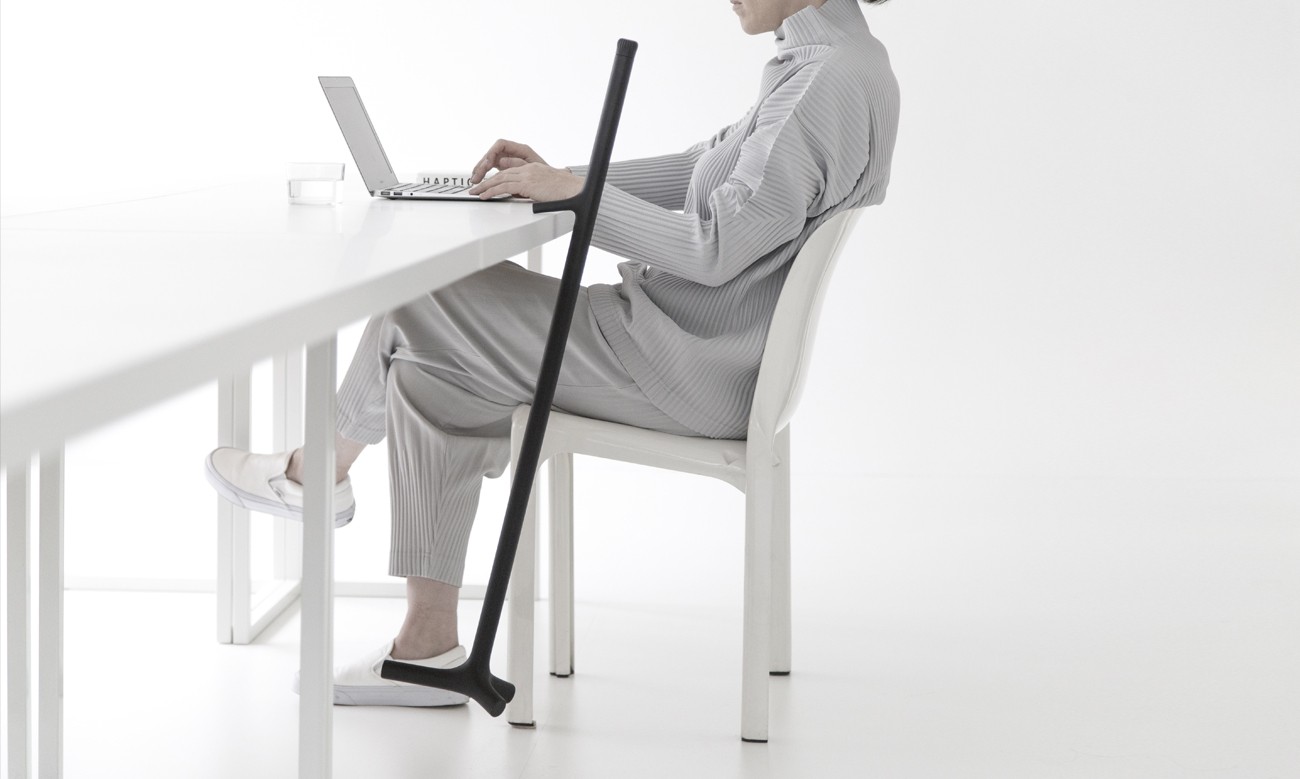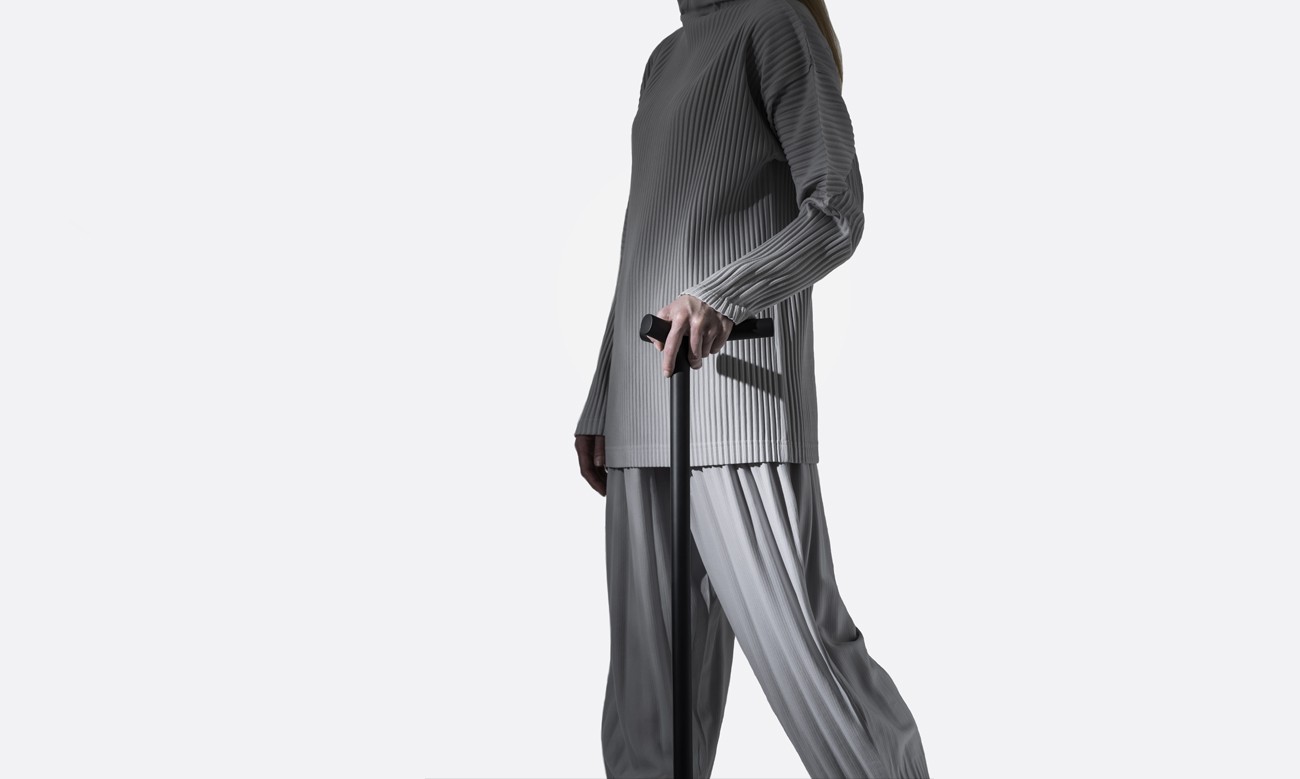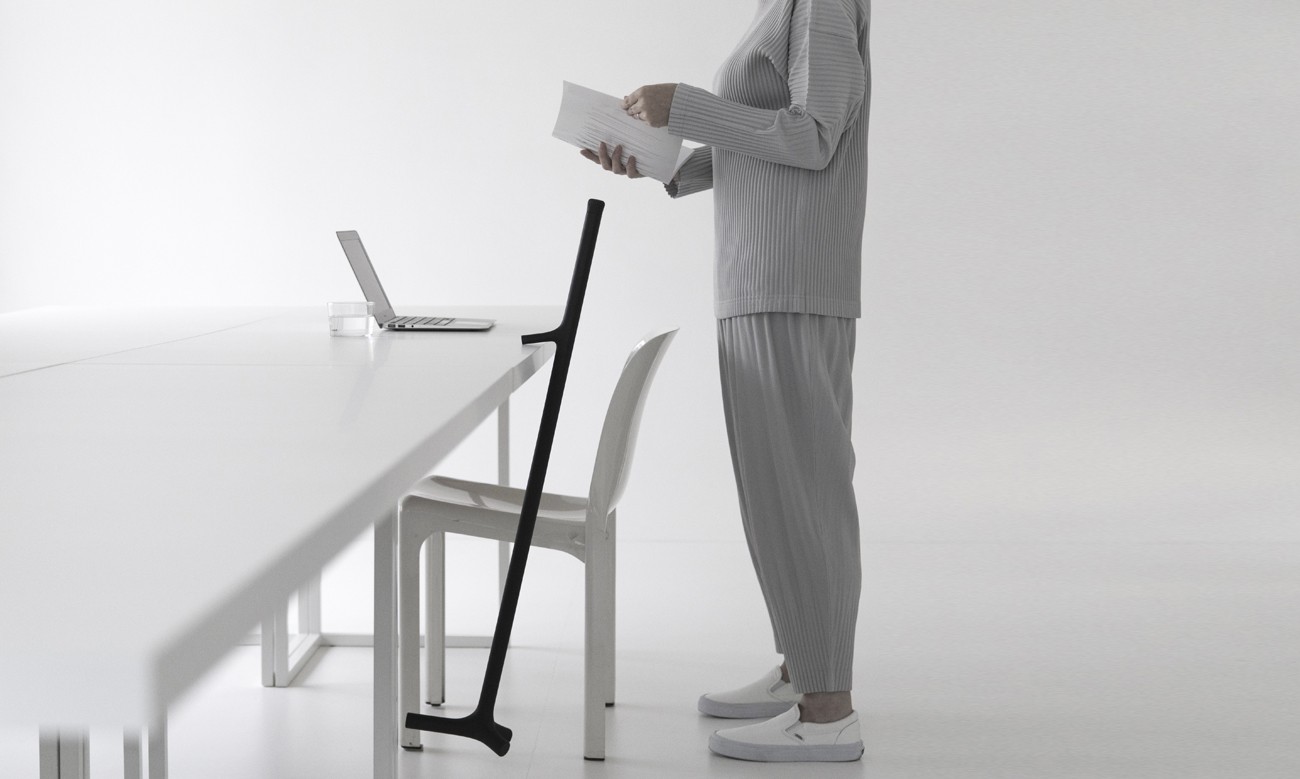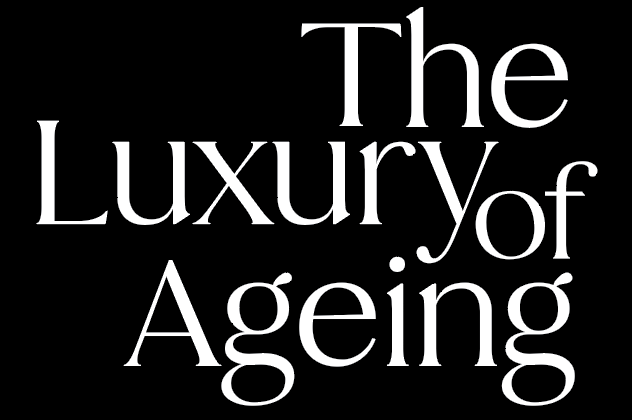As demographic shifts redefine societal norms, the imperative to design walking sticks for older demographics looms large, with careful attention to material selection, ergonomic grips and safety features.
Yet beyond functionality lies a deeper ethos; a commitment to dignity and inclusivity.
ENEA Walking Stick prototype
Copyright
Shiro StudioIn 2017, a seminal collaboration between London-based architecture and design firm,
Shiro Studio, and engineering firm,
Arup, yielded the groundbreaking ENEA Walking Stick prototype, a stunning testament to the marriage of form and function. Crafted under the discerning eye of Italian designer, Andrea Morgante, founder of Shiro Studio, the ENEA walking stick defied convention, challenging the stigma surrounding mobility aids with its sleek, 3D-printed silhouette. Despite its acclaim, the ENEA walking stick remains a prototype, its journey from concept to mass production truncated—a poignant reminder of the challenges inherent in reshaping perceptions and paradigms. Yet, in our conversation with Andrea, his vision remains unwavering: a testament to the enduring power of design as a catalyst for change.
